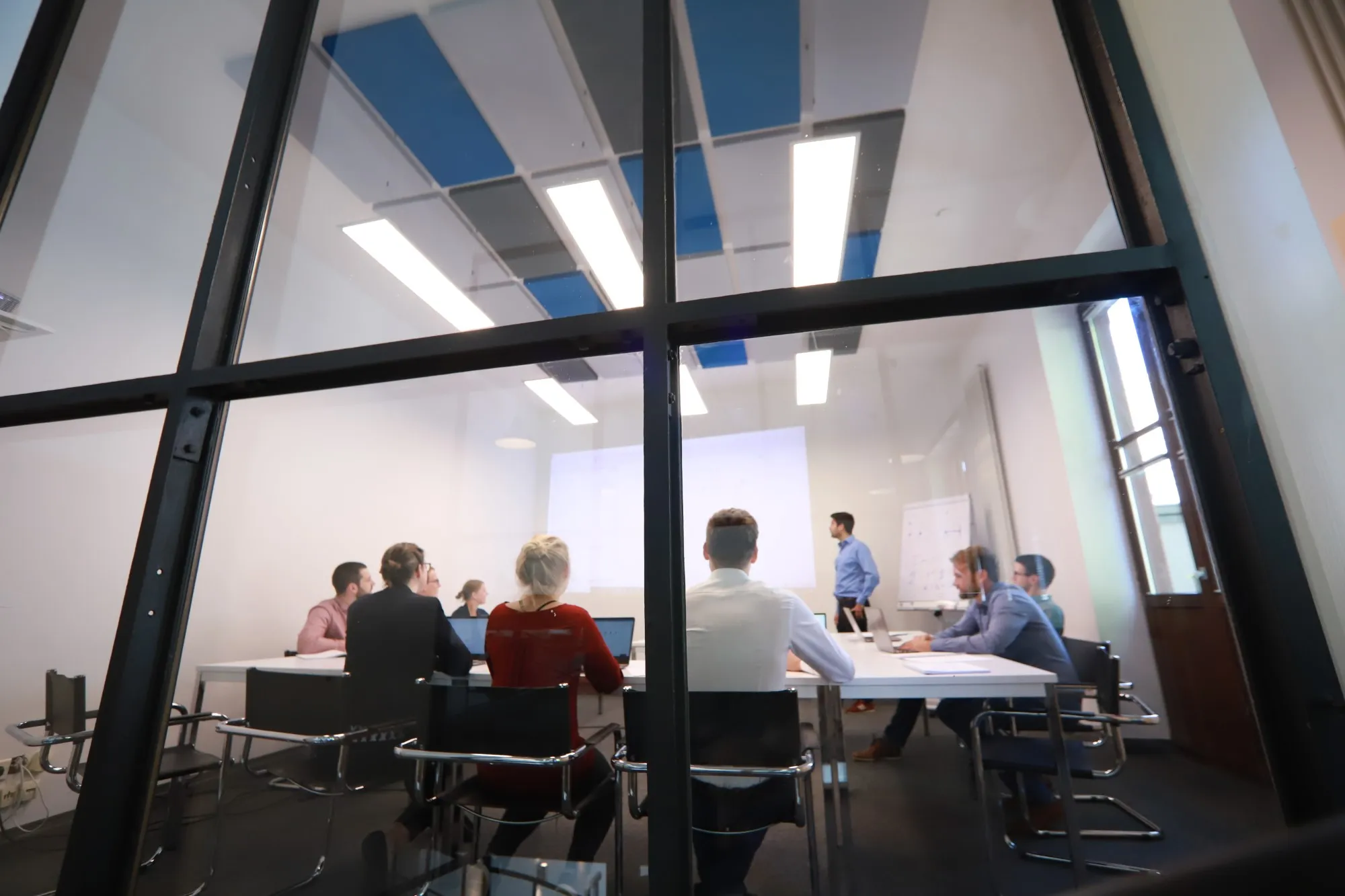Your sparring partner for system simulation
Virtual prototypes in record time
Complement your engineering team with our thermodynamics and simulation experts and proven software solutions.
Discuss your use caseOur clients
















„TLK Energy helps us to accelerate innovations and boost our product/process performance as a global tier-1 supplier in the dynamic automotive sector. Computer aided engineering is a key to success for our new products in electrified mobility and the TLK team is doing a great job in supporting our simulations.”

Dr.-Ing. Moritz Lipperheide
Manager Thermal Systems, Kautex Textron
Your sparring partner for system simulation
System simulation is our daily business
Our team surrounding Dr.-Ing. Manuel Gräber and Dr.-Ing. Franz Lanzerath brings experience and best practices from many simulation projects. Thanks to our proximity to research, we are familiar with the latest methods and topics and incorporate them into our work.
This enables us to accompany our customers on the fastest path to virtual prototypes, reliably find errors and develop the best solutions.


Know-how around test benches and measurements
We are not only home in the virtual world. We are also on the test bench and know the problems and challenges of the real world.
On request, we can set up individual test benches for you with our partner company TLK-Thermo and carry out measurements. The perfect complement for your virtual prototypes.
Industry-proven, open simulation software
For more than 15 years, our thermodynamics and simulation expertise has been incorporated into our Modelica library TIL, which has proven itself in countless industrial projects.
Our model code is openly comprehensible and can be individually extended and tailored to your needs.
Many interfaces for integrating the simulation models into your existing software environment (e.g. Matlab Simulink).

The first steps to system simulation with TLK Energy
1
Requirement analysis
You describe your use case. We then discuss possible solutions, software tools and methodologies. Finally, we calculate the budget and schedule.
2
Kick-off
The project team gets to know each other and we clarify questions about cooperation (e.g. data exchange). You get to know your contact person and we plan the next steps in concrete terms.
3
Agile collaboration
We work independently on our jointly defined roadmap. In regular meetings, we present interim results, coordinate and adjust goals. We always keep an eye on the budget.
Frequently asked questions from our customers
What rights do we receive to the source code created for the models?
You receive extensive rights of use and can also use the code we generate in the context of other partnerships and projects.
Does TLK Energy also work for competitors?
Yes, but of course confidentiality is important to us. Your information is safe with us. We will gladly conclude a confidentiality agreement with you.
What about ideas generated in the project?
All rights to inventions that arise in the project belong to you. We will be happy to support you with the patent application if necessary.
Our tools

TIL Suite
Our model library for thermal systems has proven itself in numerous industrial projects and has become a standard

MUSCOD
Our powerful algorithm for solving optimisation problems for dynamic systems

Modelica
The object-oriented, equation-based language is ideal for modelling complex, physical systems

Python
For parameter variations, automated evaluations, optimisation calculations and interfaces to other tools

TLK Energy Apps
With our cloud platform, you simulate your models and visualise the results easily and quickly
Why system simulation with TLK Energy?

Team of experts with 15 years of experience

Proven and individual simulation software

Experience with simulation AND measurements

Agile, open, partnership-based cooperation

The latest methods thanks to proximity to research

We love what we do
We look forward to your ideas!
Book a 30-minute meeting to get to know each other – and to discuss your use case. We will provide you with initial ideas and impulses straight away.

Dr.-Ing.
Manuel Gräber
Managing Director

Dr.-Ing.
Franz Lanzerath
Managing Director




